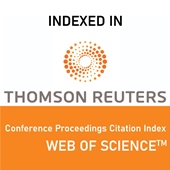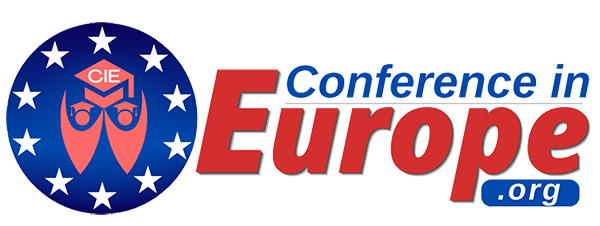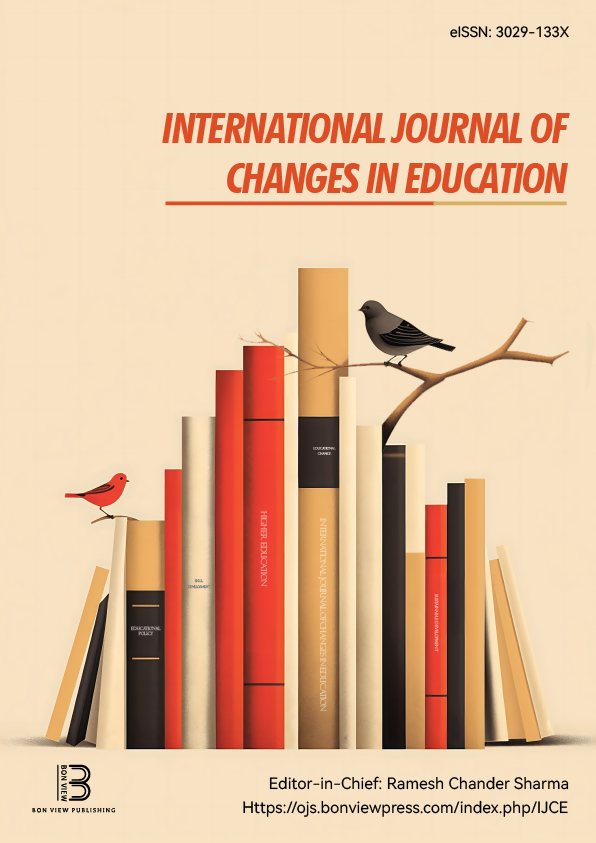Exploring the Hurdles and Flaws in Localizing English User Interface into Arabic on Social Media Platforms
Younis Ibrahim Aldalawi, Imam Ja'afar Alsadiq University/ College of Arts (Iraq)
Abeer Othman Almahdawi, Imam Ja'afar Alsasiq University, College of Arts (Iraq)
Kais Alsaidi, Aliraqia University, College of Arts (Iraq)
Abstract
While localizing User Interface (UI) language from English to Arabic may seem straightforward, it presents significant challenges—an issue that this study aims to explore. The study examines major platforms like Facebook, WhatsApp, Instagram, and Telegram. Key difficulties include lexical gaps, where certain English terms lack direct Arabic equivalents, leading to ambiguity. Moreover, English UI language often relies on ellipsis due to design space constraints, which can create clarity issues when translated literally into Arabic. Pragmatic differences in how actions and directives are conveyed also complicate the process. To address these challenges, the study explores alternative translations that enhance clarity and user experience. By analyzing translated UI elements, it evaluates their effectiveness and impact on user comprehension. Findings highlight the importance of linguistic and cultural considerations in UI translation. The study advocates for a balance between linguistic accuracy and user-friendly design, ensuring that Arabic digital users receive clear and contextually appropriate translations.
Keywords: Localization – User Interface – translation – social media – machine translation
REFERENCES
[1] Al-Salihi, Ehsan. 2017. Rihlati Ma’a Rasa’al Alnoor. Ma’moun Publishing. Baghdad.
[2] Badawi, C, and Gully. 2004. Modern Written Arabic: A Comprehensive Grammar. Routledge.
[3] Brake, D. (1996). "The U.S. Wide Web," Salon (Apple on-line), Issue 30 (September 3-6, 1996).
[4] Byrne, Jody. (2012). Scientific and Technical Translation Explained: A Nuts and Bolts Guide for Beginners. Oxon & New York: Routledge.
[5] Dunne, J. (2006). Perspectives on Localization / Edited by Keiran J. Dunne. J. Benjamins Pub. Co.
[6] Gamero, S. 2001. La traducción de textos técnicos. Barcelona: Ariel.
[7] heon-sik, J. (2015), A Study on the Mobile Game User Characteristic and Mobile Game Oriented, The Korea Contents Society, 5, 389-390.
[8] Jabak, O. 2019. Difficulties in Arabic-English Translation. Lulu Publishing.
[9] Jiménez-Crespo, M. A. 2013. Translation and Web Localization. London: Routledge.
[10] Mabry, T. S James. (2015). Nationalism, Language, and Muslim Exceptionalism. University of Pennsylvania Press.
[11] Ørsted, J. (2001). Quality and Efficiency: Incompatible Elements in Translation Practice? Meta, 46(2), 438–447. https://doi.org/10.7202/003766ar.
[12] Ynion, J. C. (2020). Using AI in Automated UI Localization Testing of a Mobile App. Metropolia University of Applied Sciences.
 Innovation in Language Learning
Innovation in Language Learning





























